調制轉換函數在鏡頭設計中的像差平衡
作者: Gregory Hollows, Nicholas James
成像資源指南第3.7部份
這樣為每一種應用設計個別鏡頭,既不符合成本也不實際。因此,多數鏡頭都是設計用於多種應用,以便降低成本又可符合許多應用的需求。但這種作法有幾項缺點,其中影響最大的在於,鏡頭不可能在所有視場、工作距離和感測器時達到最佳性能。所以,這種鏡頭常被形容為「樣樣通,樣樣鬆」,而多數市售鏡頭皆屬於這一類。不止這樣,隨著分辨率愈來愈高,若要增加系統性能,或許可以考慮其他選擇。
Aberrational Effects
To maximize system performance, it is necessary to understand what can negatively affect an optical design. Aberrations, such as chromatic aberration, astigmatism, spherical aberration, and field curvature, must be reduced as much as possible to yield high image quality. Specific aberrations are discussed later in this section. Almost all these aberrations are directly related to the WD and magnification (ratio of the FOV to the sensor size) of the lens, although they may not necessarily be related to one another. When the WD or the sensor size and FOV change, aberrations are shifted, and lens performance changes. For instance, although maximum reduction of aberrations can be achieved by designing a lens for a single FOV and WD, small changes in the WD or magnification will cause a rapid decline in this ultra-high level of performance. This decrease will occur more rapidly the farther these lenses move from their optimized position.
In lenses that are designed for multiple applications, aberrations are balanced over a range of WDs and magnifications. Although these lenses cannot exceed the performance of lenses that have been designed for a specific WD and magnification, they can work well over larger defined ranges. However, as pixels continue to become smaller, the compromises inherent in a general-purpose range-balanced design is more pronounced.
Hybrid Approaches
Hybrid approaches to lens design have been developed for situations in which time and budget do not allow the design of a custom lens that is optimized for only a single WD and magnification. A hybrid approach involves a lens that has been designed so that the spacing between elements or groups of elements can be adjusted so that the design is slightly changed, and performance can be increased for a desired magnification and WD. For example, a lens design created for line-scan sensors may have a specific magnification associated with it, such as 0.33X (Figure 1). On a camera with a 60mm line scan array, this will yield a FOV of 180mm.
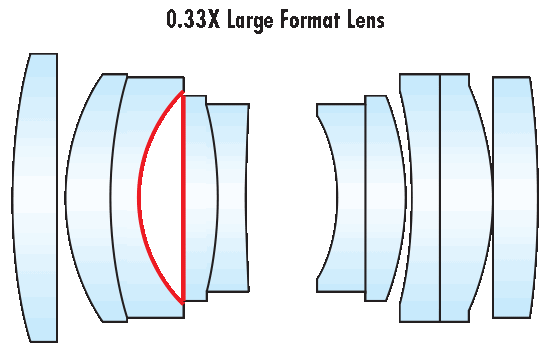
Figure 1: A lens design created for a line-scan sensor that has a set spacing for 0.33X.
Lens performance can be analyzed by referencing its modulation transfer function (MTF) curve. MTF curves are described in Lens Performance Curves, The Modulation Transfer Function (MTF), and MTF curves and Lens Performance. Figure 2 shows the associated MTF curve of the lens in Figure 1 at 0.33X magnification. The curves displayed here are limited to 100$ \small{\tfrac{\text{lp}}{\text{mm}}} $, reflecting the resolution capabilities of a 12k line scan sensor with 5μm pixels. Two pixels are the smallest sampling area that can be used to distinguish the separation between information created by a lens. In this example, one line pair equals a total space of 10μm (two 5μm pixels); there are 100 sets of 10μm in 1mm, thus 100$ \small{\tfrac{\text{lp}}{\text{mm}}} $ is the limiting resolution of the camera.
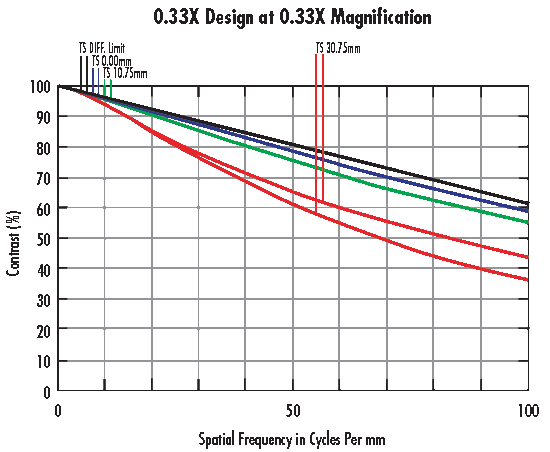
Figure 2: MTF performance curves for the 0.33X lens at nominal magnification.
In Figures 3 and 4, the lens is refocused to obtain other FOVs, and the associated MTF curves for the 0.33X-optimized lens design are shown. At magnifications of 0.5X (120mm FOV) and 1.0X (60mm FOV) display lower levels of performance. To overcome this, the spacing between the lens elements can be adjusted to optimize the performance for different magnifications. Figure 5 shows the optical layout for the same lens system re-optimized for high magnification; note that the spacing between the lens elements marked in red is changed from Figure 1, to compensate for the FOV/WD change.
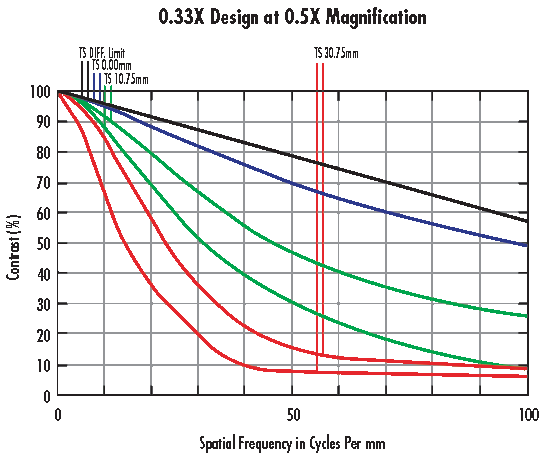
Figure 3: MTF performance curves for the 0.33X lens at 0.5X magnification (120mm FOV).
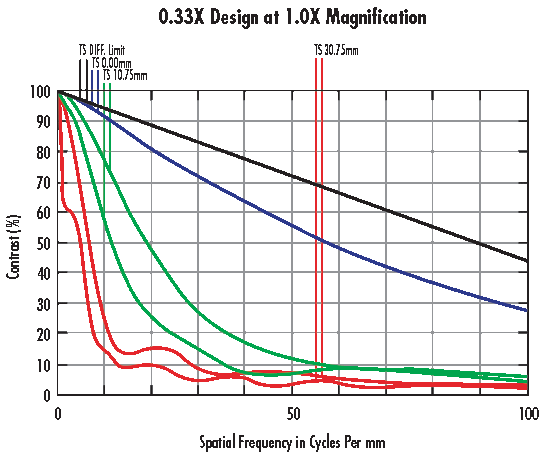
Figure 4: MTF performance curves for the 0.33X lens at 1.0X magnification (60mm FOV).
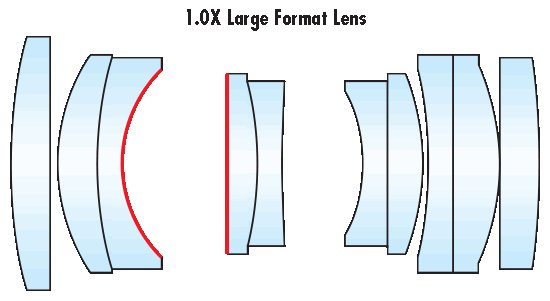
Figure 5: Adjusting the space between the lenses, marked in red, improves MTF for the lens at 1X magnification. Note the larger gap.
Figure 6 shows the MTF performance of the 1.0X-optimized lens at its design magnification. Notice the extreme difference in performance between Figures 6 and 4. Both lenses use the same glass elements and were designed simultaneously but making a spacing change results in a huge difference in performance. Figures 7 and 8 show the MTF of the 1.0X-optimized lens design at 0.5X and 0.33X respectively. Again, a rapid change in performance is the magnification is moved away from the nominal.
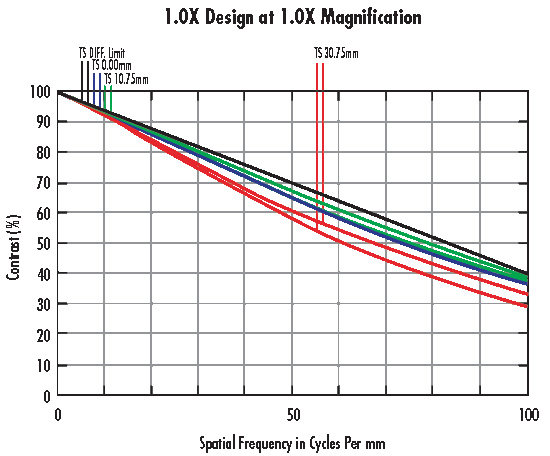
Figure 6: MTF performance curves for the 1.0X-optimized lens at its nominal magnification.
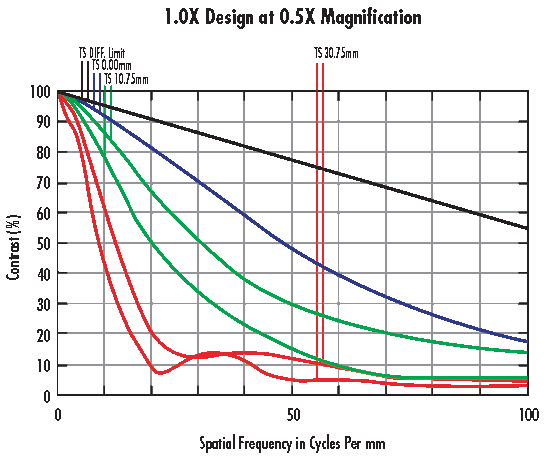
Figure 7: MTF performance curves for the 1.0X lens used at 0.5X magnification.
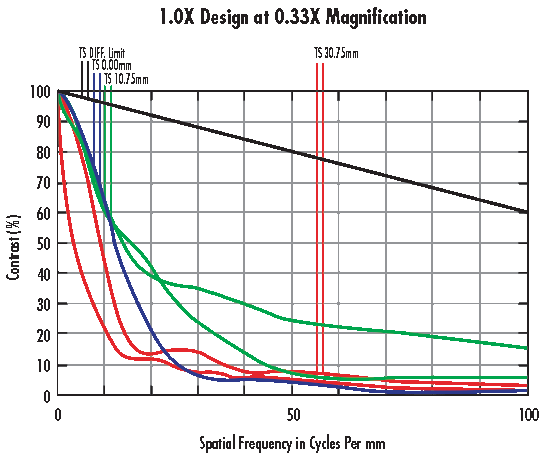
Figure 8: MTF performance curves for the 1.0X lens used at 0.33X magnification.
This hybrid approach allows for several applications to be solved more effectively because it yields better performance than a single lens designed to address multiple applications. Hybrid designs provide multiple achievable options to increase system performance. Because this is less complex than multiple custom lenses, off-the-shelf solutions are typically more available and less expensive than complete customs.
While a hybrid solution increases performance, it can be more expensive than standard lenses and can have additional issues. First, it will not likely achieve the full performance capability of a true custom solution that has been specifically designed for a single WD and magnification. As pixels become increasingly smaller, it can still be difficult for the optics in hybrid solutions to meet system requirements. Second, hybrid lenses will suffer rapid performance decline outside of their specified range, like narrowly designed lens solutions. Finally, since hybrid approaches result in several different lenses that each require specific materials, additional time is required to build the specific magnifications, and it may be necessary to use large, complicated mounting and focusing accessories to make the sensor/lens system operate as required.













 上個章節
上個章節 
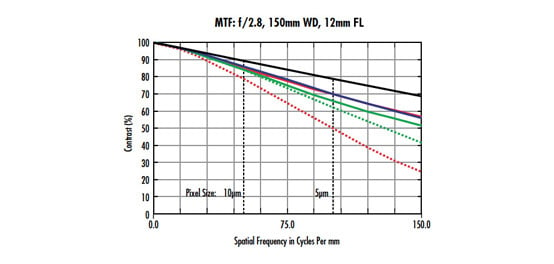
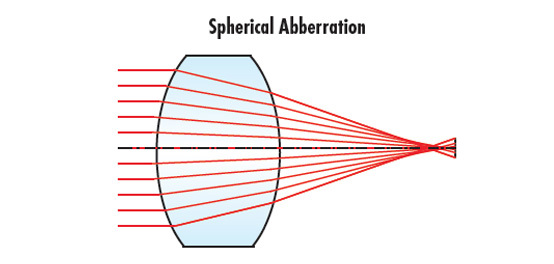

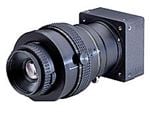
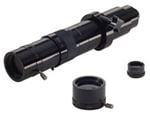
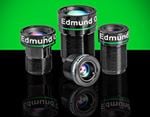

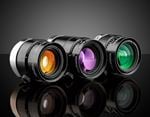
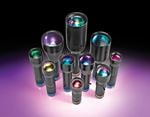
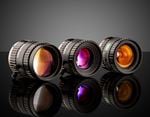
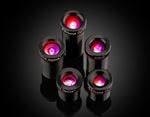
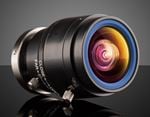
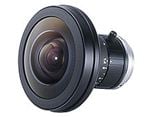
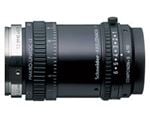
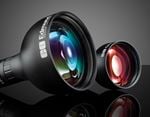
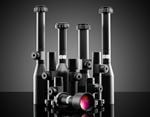
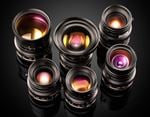
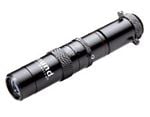
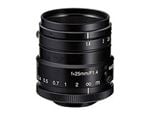
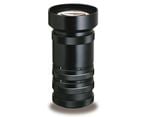

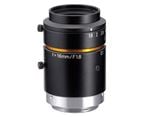

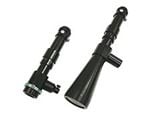
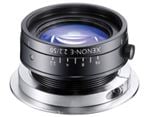
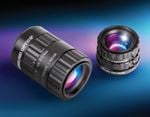
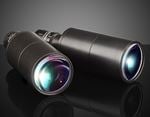
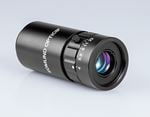

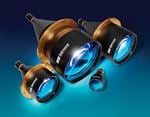


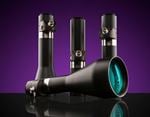
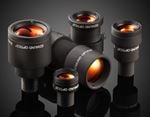



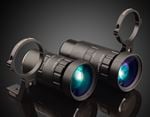

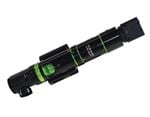
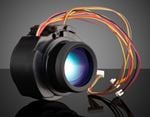

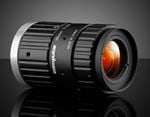
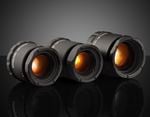
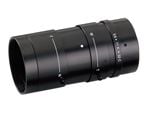
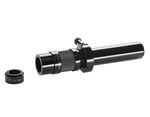
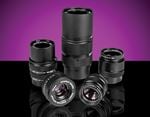
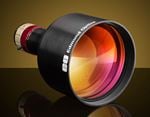
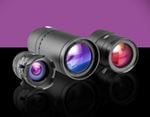
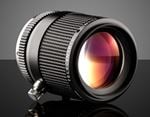
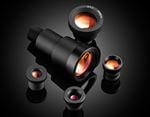
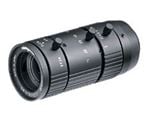
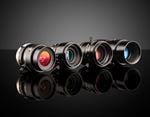

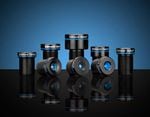
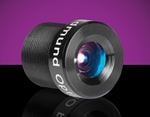
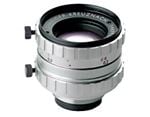
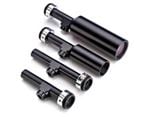
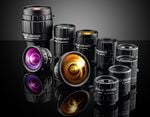
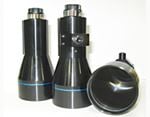

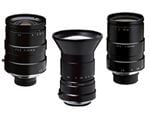
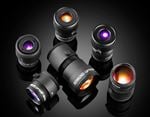
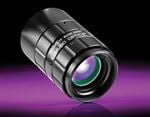
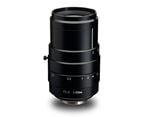
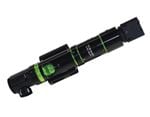
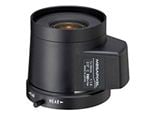
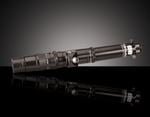
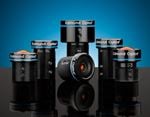
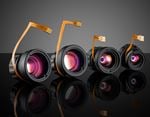


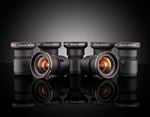
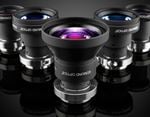
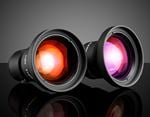
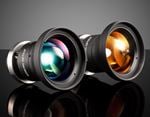
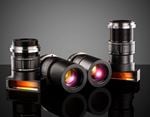
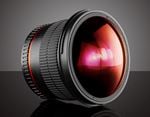

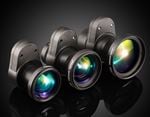
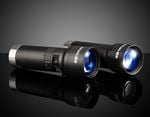
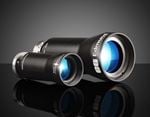
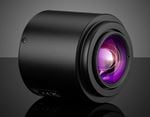
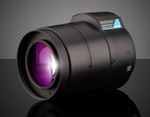
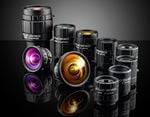

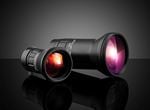
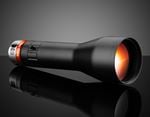

or view regional numbers
QUOTE TOOL
enter stock numbers to begin
Copyright 2023, Edmund Optics Inc., 14F., No.83, Sec. 4, Wenxin Road, Beitun District , Taichung City 406, Taiwan (R.O.C.)
California Consumer Privacy Act (CCPA): Do Not Sell My Information